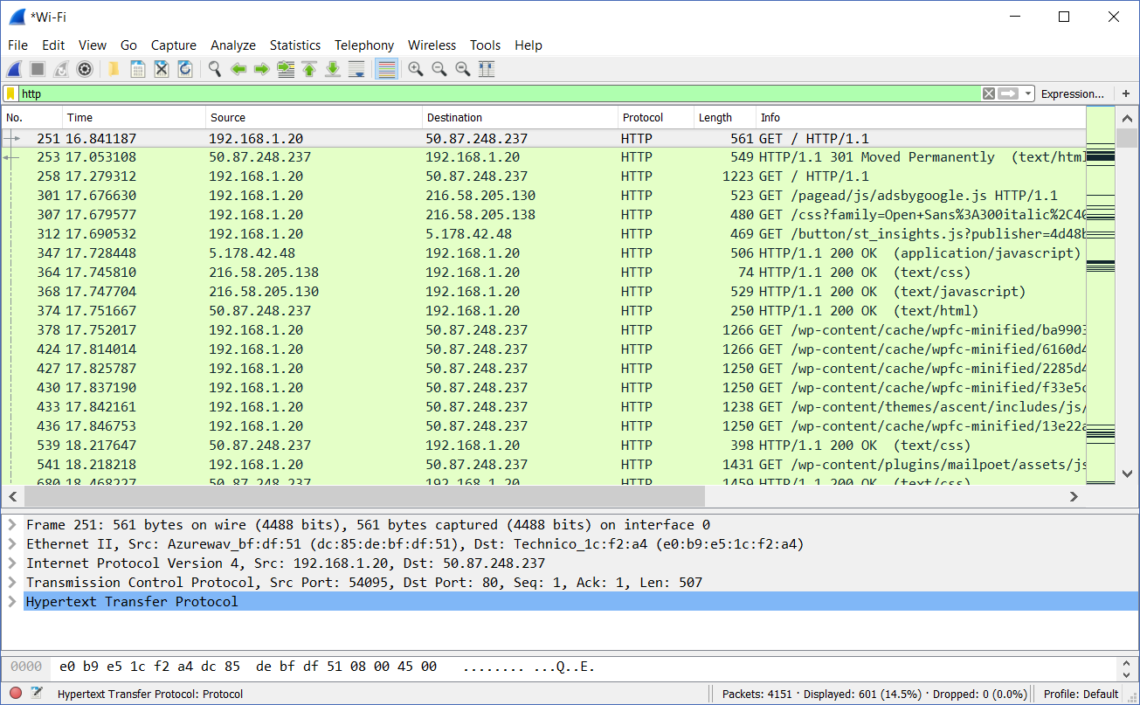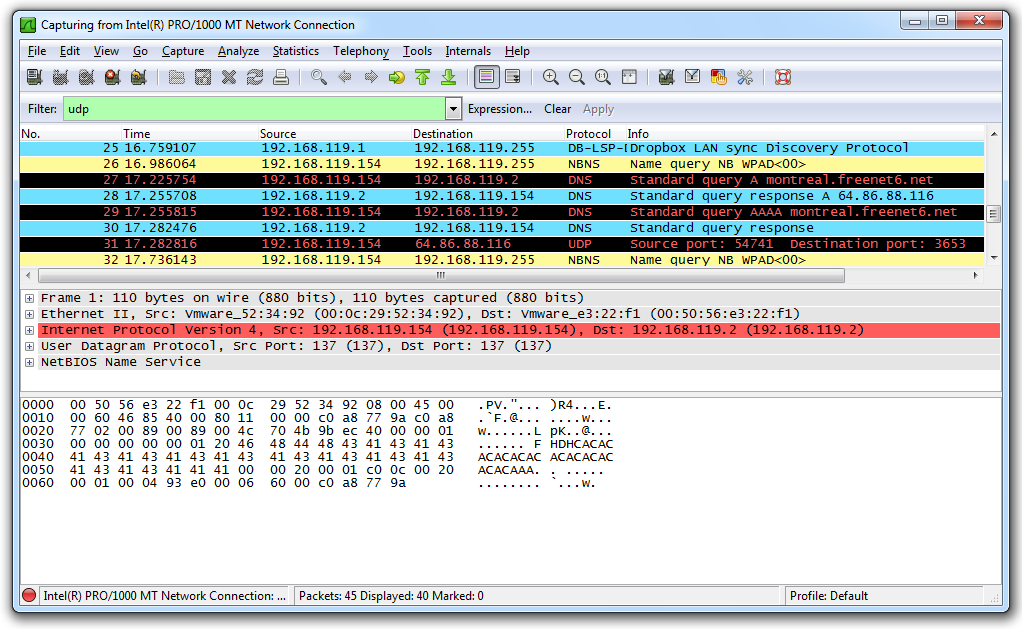


The reasoning behind this approach is I'm basically observing a web app and checking it is sending the information and the information is being received. It seems like I need to do this by looking at sequence numbers and perhaps even ACKS.

I just need to know that the server has received the request. So I'm wondering how I can determine this order from the response. So my intuition is I cannot assume that my responses will be received in a specific order, even though they may be in order most of the time. For example using the Google Maps API v2 I've made several requests for location information and then the information is received in an arbitrary order (closely resembling the order in which I requested it, but not necessarily perfect.) I have seen things to the contrary however. The real inconvenience is that this packet is not caught by "http.If I make multiple HTTP Get Requests to the same server and get HTTP 200 OK responses to each one how do I tell which request maps to which response using Wireshark?Ĭurrently it looks like an http request is made, and the next HTTP 200 OK response is quickly received so everything is in a the proper sequence. I would expect Info field to be something like "HTTP 200 OK", but there's only a generic "".

Server: Apache/2.2.15 (Win32) mod_ssl/2.2.15 OpenSSL/0.9.8mĬontent-Type: text/plain charset=ISO-8859-1Īnd here is the packet overview) No. Here is request and response, as shown in "Follow TCP Stream" dialog box: GET /cgi-bin/memfile/?mbytes=1 HTTP/1.1 There's no apparent issue with functionality-neither User Agent nor server do complain a bit, but I'm confused about the fact that Wireshark does not recognize the HTTP response as HTTP-it's marked as TCP. It's written in Perl and using CGI module and it specifies only the most basic headers: print $q->header( I have a trivial CGI script that outputs simple text content.


 0 kommentar(er)
0 kommentar(er)
